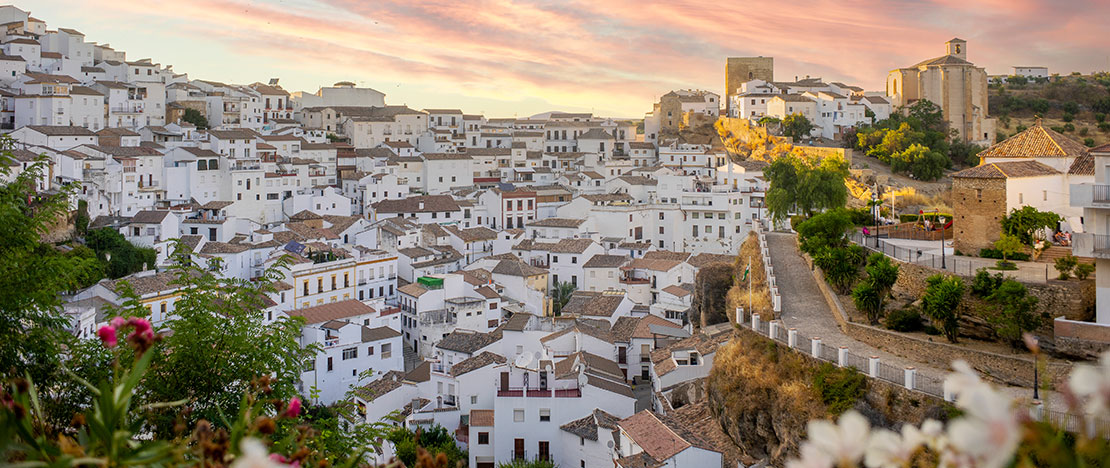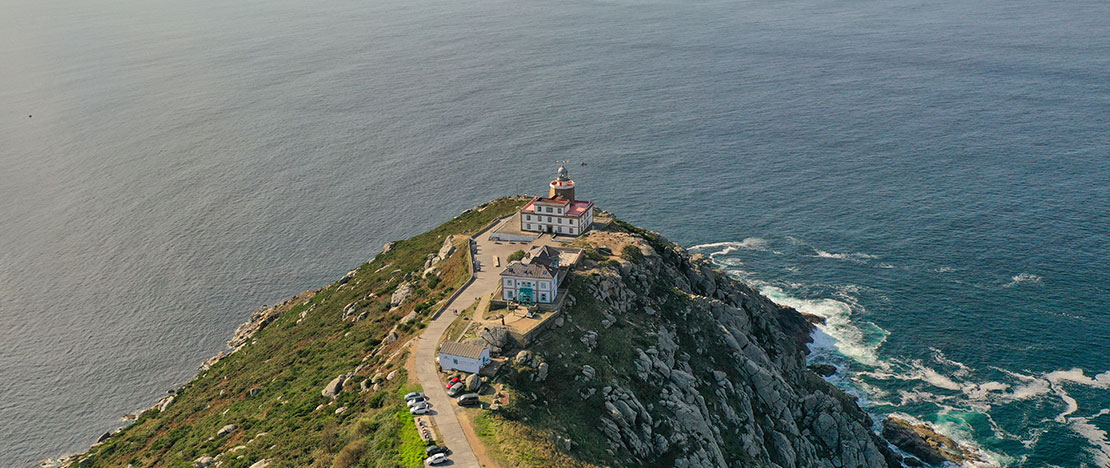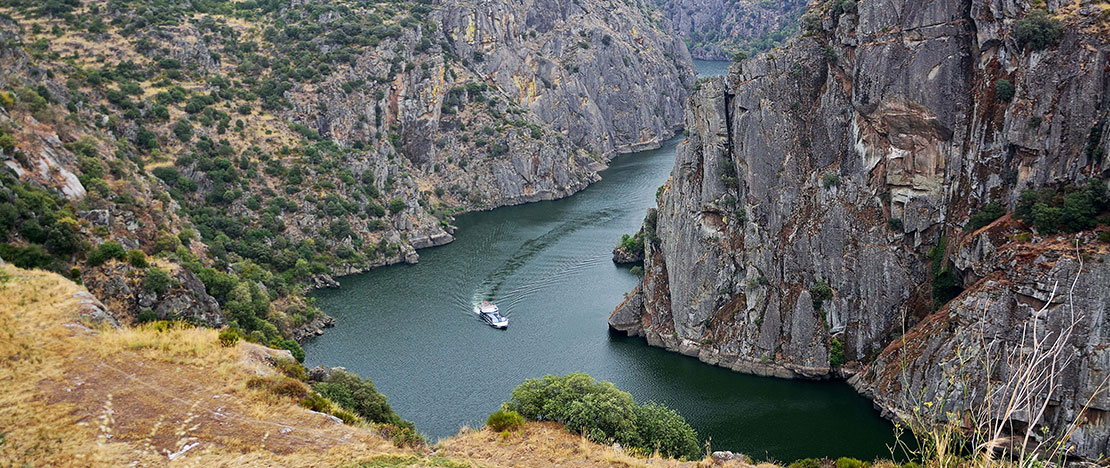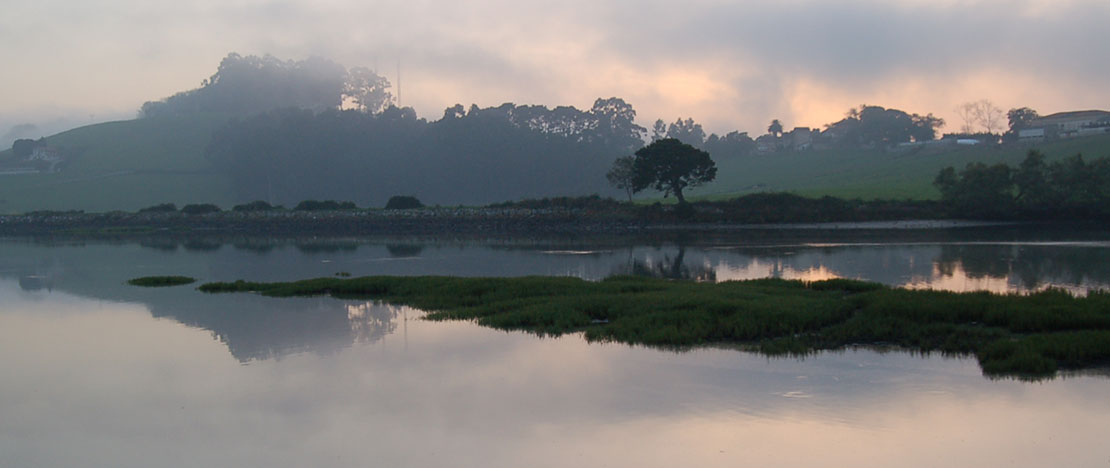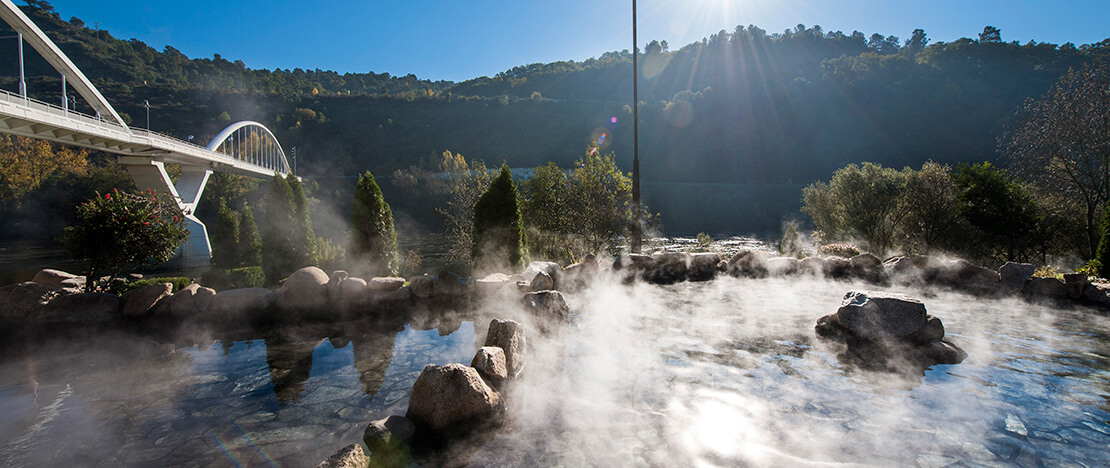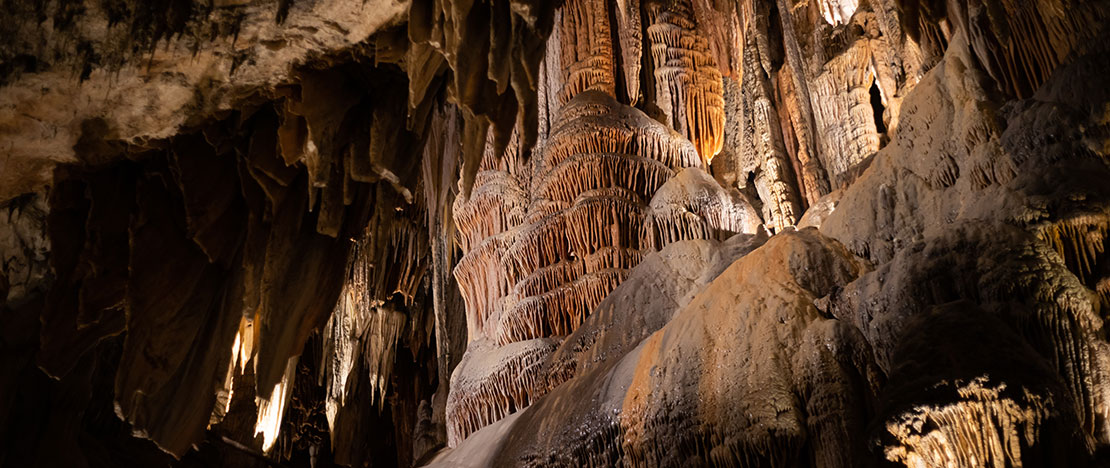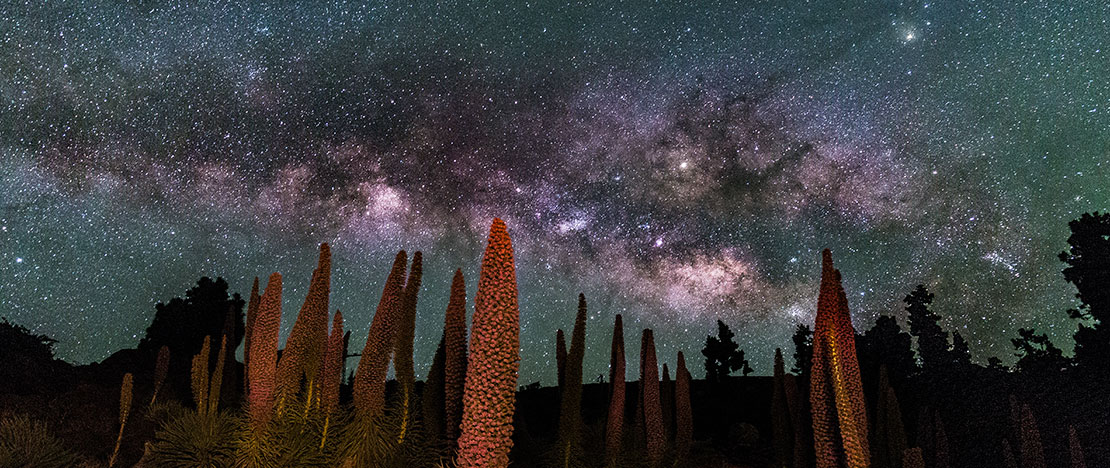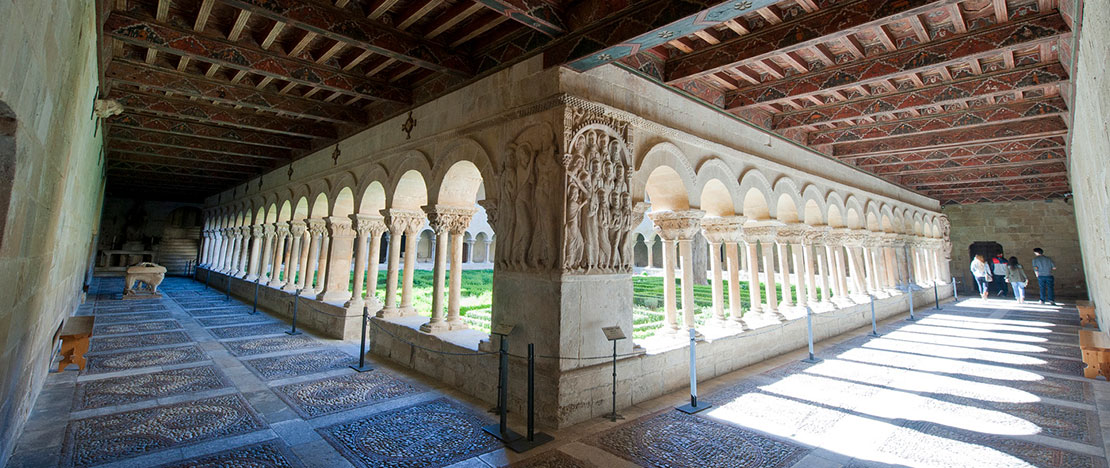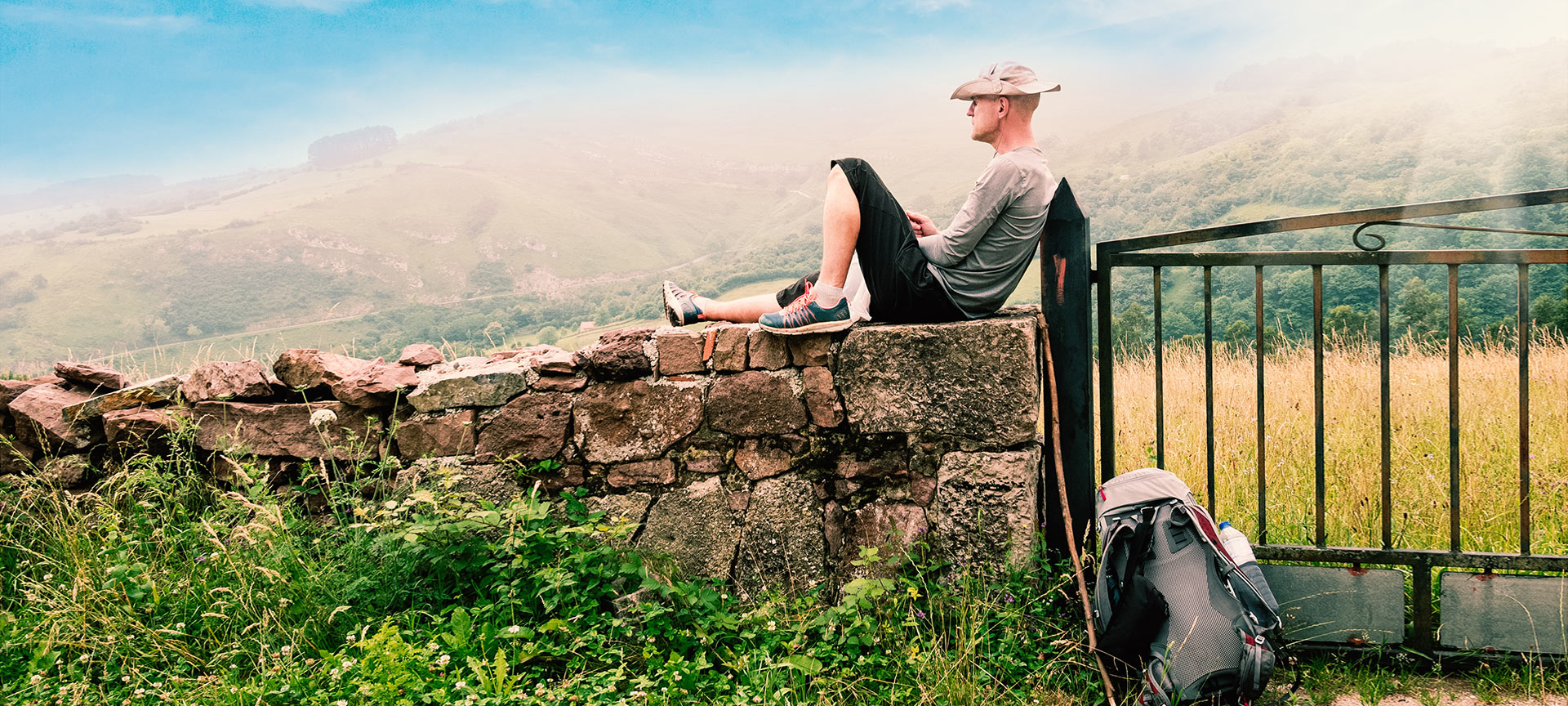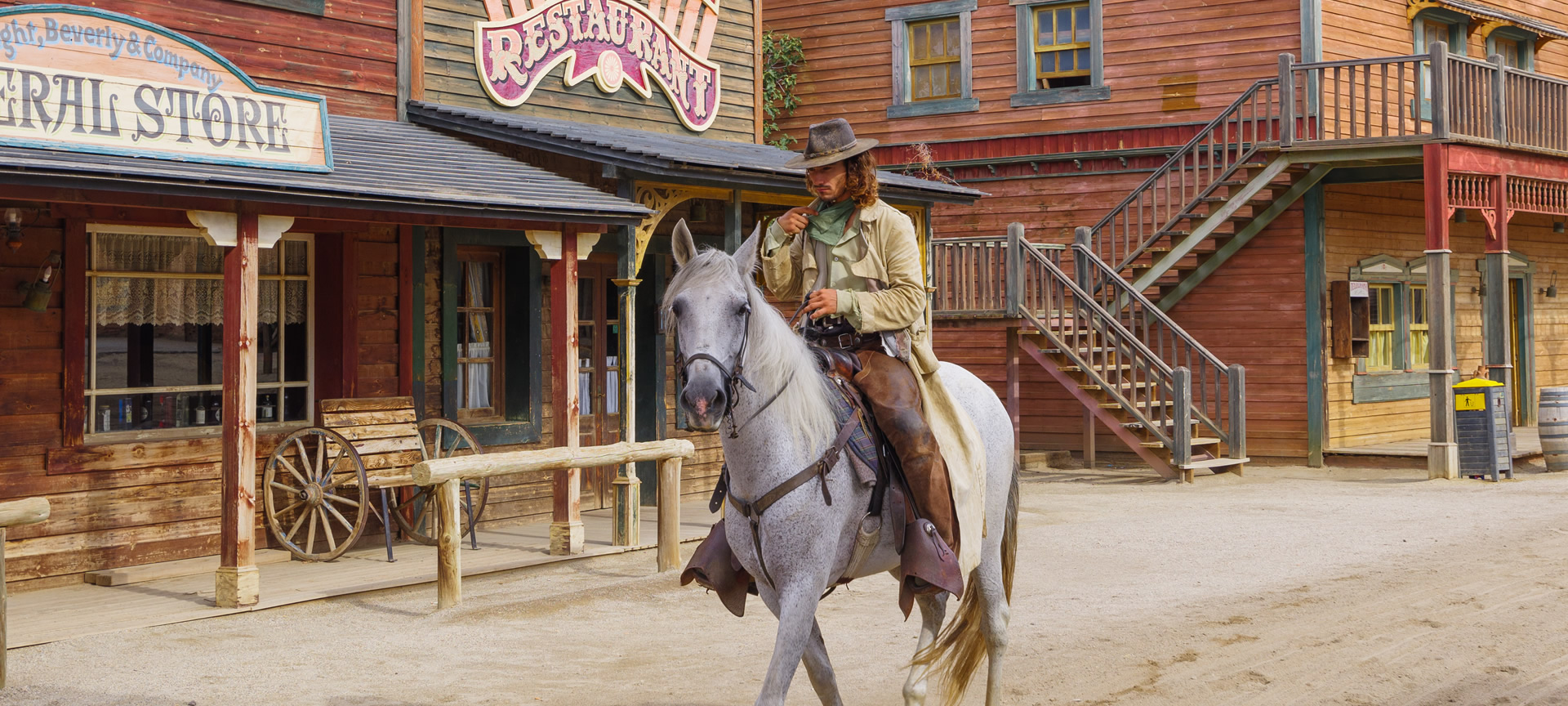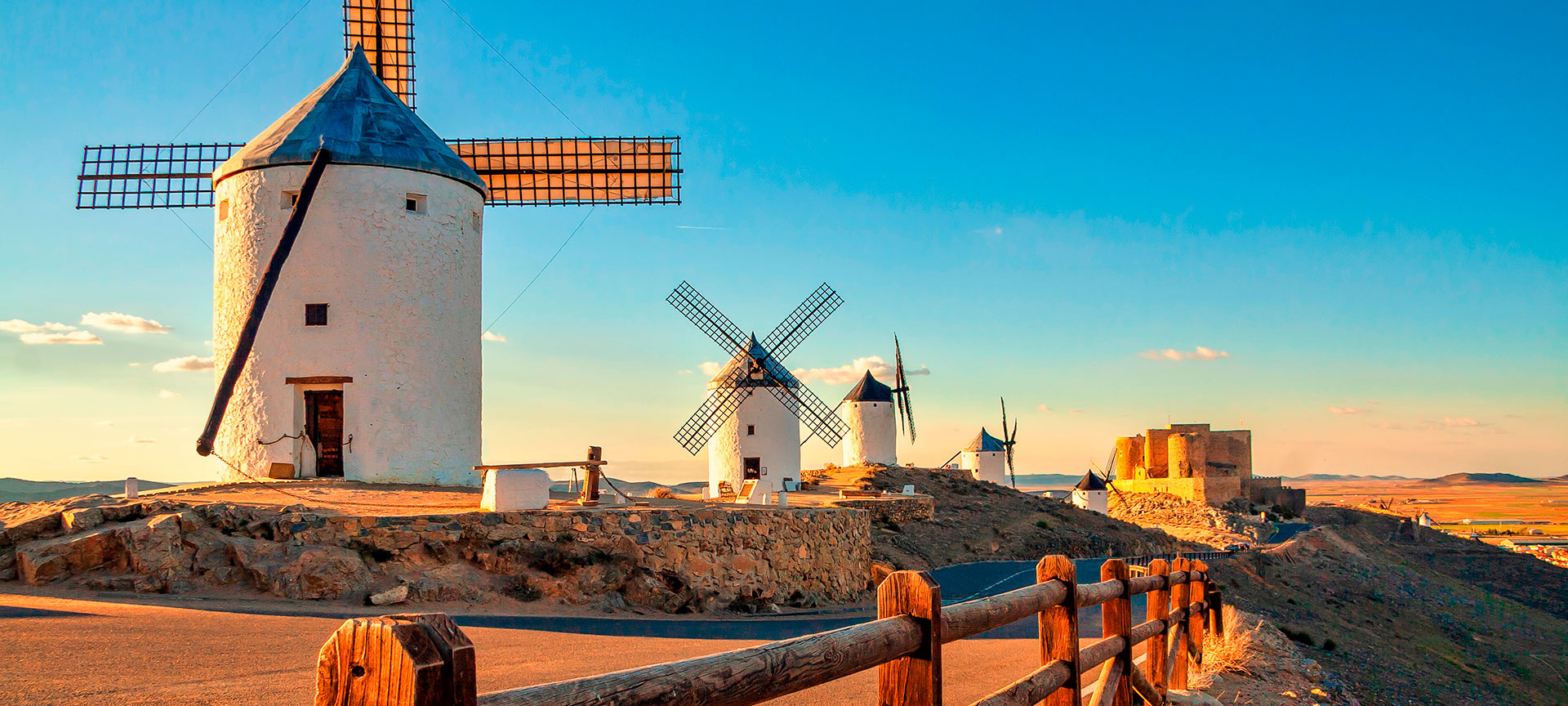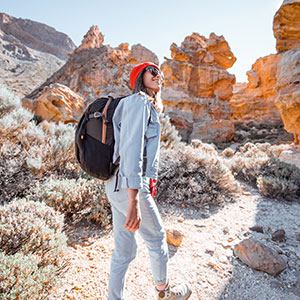
Off-season plans to discover other sides of Spain
In autumn, winter and early spring, you can find quieter, cheaper and more authentic tourist experiences in Spain. In addition to indoor activities such as visiting museums, relaxing at a spa or enjoying an afternoon of hot chocolate and churros at an iconic chocolate shop such as San Ginés in Madrid, here are some more options for exploring the country in a different way and outdoors.
Debe activar Javascript para poder utilizar este servicio
-
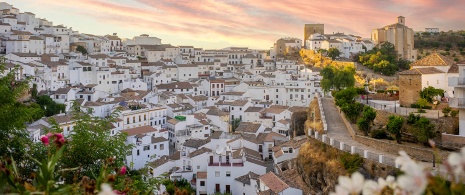
Routes through charming villages to escape the heat
The mild climate of spring and autumn is ideal for travelling through areas such as the White villages of Andalusia, as you will be able to stroll through their streets without feeling the heat. Avoid the crowds and let yourself get swept up in the whitewashed houses and the colours of the flowers, walk along quiet paths, talk to the locals, have a leisurely lunch...If you're looking for an even more authentic experience, visit some of these villages during the festival season. For example, in Setenil de las Bodegas, Cadiz, the Moors and Christians Festival is held in October: A historical re-enactment that will surprise you.
-
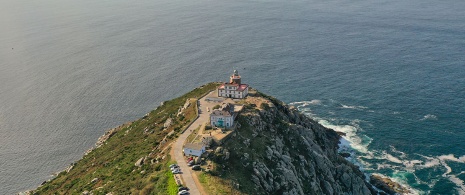
Slow living on the coast
The beach beyond summer is synonymous with solitary cliffs and connection with the natural environment. Take the opportunity to enjoy the mild temperatures of several areas of the Mediterranean coast, to go scuba diving equipped with a good wetsuit or to discover islands with very few inhabitants such as Tabarca (opposite the city of Alicante) or (in the Canary Islands).Fancy another unique and tempting experience? Imagine spending the night in a lighthouse by the Atlantic or Cantabrian Sea – places like Cudillero, Ribadeo or Fisterra offer this possibility – where the only soundtrack to your relaxation is the sea crashing against the waves.
-
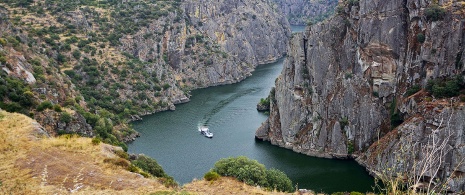
Flower shows, enchanted forests and wine tourism
Did you know that two of the most beautiful flower shows in Spain take place in winter? The first is in , where hundreds of varieties ofcamellias bloom in the gardens of pazos (traditional Galician manor houses) such as Rubiáns (Vilagarcía de Arousa, Pontevedra) or San Lourenzo (Santiago de Compostela, A Coruña). The second takes place on the island of Mallorca, as thousands of almond trees blossom at the beginning of February. A walk through the mountain range of Tramuntana, a UNESCO World Heritage Site, at this time of year is perfect for smelling the scent of almond blossoms wafting through the air.Another fascinating time of year is the autumn, to see the forests change colour. Many natural spaces in Spain become authentic fairytale settings, as is the case of two Biosphere Reserves: Muniellos (Asturias) and the Irati Forest (Navarre). Some places even offer unique experiences, such as river cruises through the impressive canyons of the Arribes del Duero, between Salamanca and Zamora.And if wine is your thing, autumn is also harvest time and the season for wine tourism: guided tours of wineries, unique landscapes and intense aromas. There is nothing like touring the La Rioja or the Ribera del Duero. Enjoy a tasting directly in the vineyards.
-
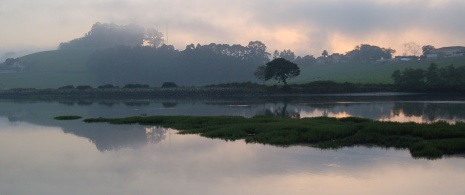
Animal-watching without tourists around
Observing wildlife in a quiet, uncrowded environment is an experience that leaves a lasting impression.For example, did you know that between mid-September and early October, some forests and plains in Spain become the setting of the rutting season of the deer? This is a powerful bellowing sound emitted by the male to attract females. Several companies organise guided safaris to see this phenomenon up close. Some of the best places to see it are the Cabañeros National Park (Castilla – La Mancha) or the Monfragüe National Park (Extremadura).Another curious fact: every year in October, 50,000 geese choose Doñana as their wintering area. Their sound flying at dawn over the village of El Rocío is almost magical. Other outstanding destinations for birdwatching without crowds are, for example, the Ebro Delta Natural Park (Catalonia), the Gallocanta lagoon (Aragon) or the marshes of Santoña (Cantabria).
-
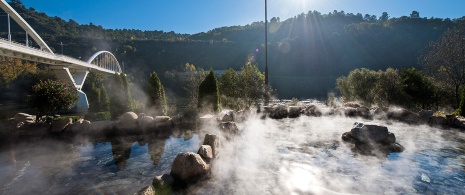
Winter experiences
Make the most of winter in Spain to bring out the adventurer in you. For example, in the majestic Pyrenees (in places like the ski resort of Baqueira Beret) you can explore snowy landscapes on a dog sled. The white all around you and the exhilarating speed will give you a unique feeling of freedom.Another option to see the snow-capped mountains? Ride in a hot air balloon and fly over, for example, the city of Segovia.If you are looking for quieter experiences, here are two ideas. For one, you can soak in the outdoor thermal pools of Ourense or the spa at Panticosa, and enjoy the bliss of hot steam mingling with the crisp winter air. Also, there is nothing better to enjoy winter with a touch of nostalgia than to climb aboard an old train and watch the snowy valleys parade past the window. Try, for example, the Vall de Núria rack railway.
-
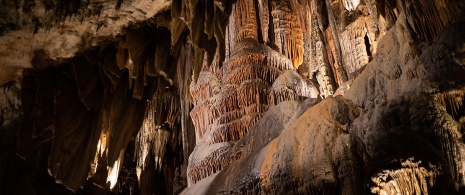
Explore underground Spain: Impressive caves without crowds
A place where the weather outside doesn't matter and the temperature remains constant all year round? Some of Spain's tourist caves. Enter an underground world full of secrets. You will be greeted by stalactites and stalagmites carved over thousands of years – and in some cases, rock art. Some of the most striking caves? The Maravillas Grotto (Aracena, Huelva), the underground waterfalls of the Valporquero Cave (Leon) or the Drach Caves (Mallorca), where the visit includes a boat trip and a live classical music concert.
-
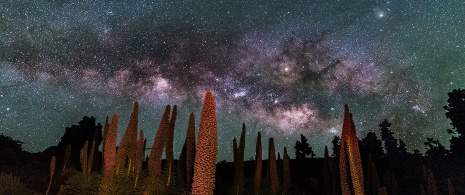
Celestial spectacles: Northern lights and meteor showers
You may have heard of the Perseids, a meteor shower that occurs every August. But did you know that between October and March the night sky in Spain also offers spectacular phenomena? Other meteor showers visible in Spain include the Leonids and the Geminids. If you find it too cold to stargaze outdoors, visit an observatory like the Javalambre Astrophysical Observatory (Teruel) or travel to the Canary Islands, which boast pleasant temperatures year-round and offer some of the best skies in the world for observing the heavens.A surprise: Although the northern lights are common in arctic latitudes between October and March, it is also sometimes possible to see them in Spain in regions such as Galicia, Asturias or Cantabria. The green and violet tones are reflected in the Bay of Biscay, giving an unforgettable image.
-
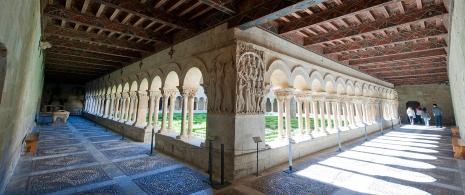
Spiritual connection: Camino de Santiago and monasteries off-season
If you have ever wanted to do the Camino de Santiago, one of the most famous pilgrimage routes in the world, consider taking this route that ends at the Cathedral of Santiago in autumn or spring. This guarantees you a milder climate than in summer – and above all, fewer crowds of pilgrims, which will make it easier for you to truly disconnect. In addition, if you are looking for a less travelled route, you can opt for alternative routes such as the Camino Primitivo from Oviedo or the Camino del Norte, which runs along the sea.Another way to feel a spiritual connection with the environment is to sleep in one of Spain's beautiful monasteries, such as the Valvanera in La Rioja or the Hospedería de Silos in Burgos. In some of them, you can even join in monastic routines or wake up to the monks' chanting. Can you imagine enjoying snowy landscapes in the warmth of a fireplace while feeling what true peace is? Some of these monasteries have been transformed into incredible hotels surrounded by nature, such as the Santo Estevo de Ribas de Sil (Ourense) or the Monasterio de Piedra (Zaragoza), with a natural setting of waterfalls and lakes.
Travel plans for inspiring you

